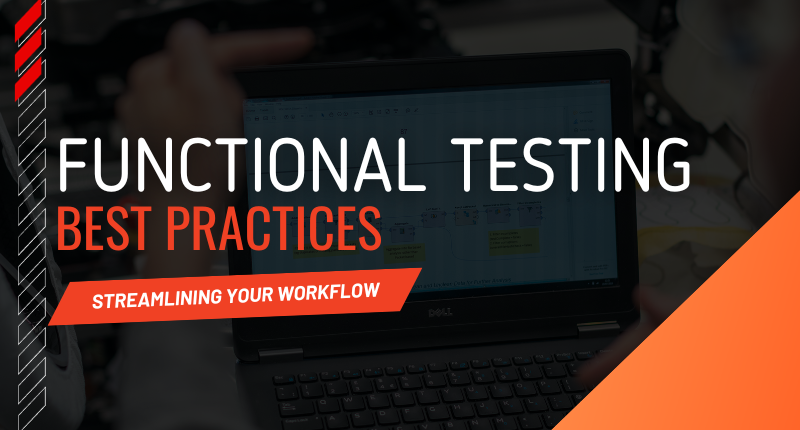In today’s rapidly changing software landscape, ensuring impeccable application performance stands as a cornerstone of successful development. Functional testing, a linchpin of Quality Assurance, centers around validating the software’s expected behavior. In this comprehensive guide, we will explore pivotal best practices that can significantly amplify the efficiency and effectiveness of your functional testing process. These practices are the bedrock of robust software releases, guaranteeing customer satisfaction and enhancing brand credibility.
1. Grasping the Requirements:
Embarking on effective functional testing demands a profound understanding of project requirements. Collaborate closely with stakeholders and developers to decipher the anticipated application behavior across diverse scenarios. Clear and precise requirements serve as the fundamental underpinning for targeted and impactful testing efforts.
2. Crafting Comprehensive Test Cases:
The meticulous creation of exhaustive test cases is pivotal. Each test case should be specific, well-defined, and crafted to address unique functionalities of the application. Comprehensive test cases not only validate the anticipated outcomes but also uncover unexpected behaviors, deepening your testing coverage.
3. Prioritizing Test Cases:
Recognize that not all test cases bear equal weight. Prioritize your test cases based on critical functionalities, high-risk areas, or frequently used features. Concentrating your testing efforts on vital areas ensures optimal resource allocation, resulting in a more effective and impactful testing process.
4. Embracing Automation:
Embracing automation marks a paradigm shift in functional testing. Automate repetitive and time-consuming test cases to expedite the testing process. Automation tools execute tests swiftly, consistently, and across diverse configurations, allowing for thorough and efficient testing. This integration ensures not only speed but also precision and reliability.
5. Regular Regression Testing:
The interlinking complexities of functionalities necessitate regular regression testing. This ensures that new changes do not inadvertently impact existing features. Automated regression suites play a pivotal role, assuring that previously validated functionalities remain intact while new features integrate seamlessly.
6. Fostering Collaboration and Communication:
Effective communication and collaboration among team members form the backbone. Testers, developers, and stakeholders should maintain open channels, ensuring everyone is informed of project status, changes, and testing outcomes. This collaborative synergy fosters a more cohesive and efficient testing process, enhancing the overall product quality.
7. Monitoring and Analyzing Results:
Vigilant monitoring of test execution and meticulous result analysis are critical. Tracking testing progress, identifying trends, and discerning recurring issues are vital tasks. This analytical approach helps in understanding the application’s behavior over time, enabling continuous refinement of testing strategies and ensuring the software’s consistent high performance.
Conclusion
By diligently implementing these functional testing best practices, your team can seamlessly streamline the testing workflow, ensuring a robust, high-quality software product. Clear requirements, exhaustive test cases, strategic prioritization, meticulous automation, regular regression testing, collaborative communication, and analytical result assessment are the pillars of an effective functional testing regimen. These practices not only optimize your testing process but also significantly contribute to the overall success of your software development endeavors.




